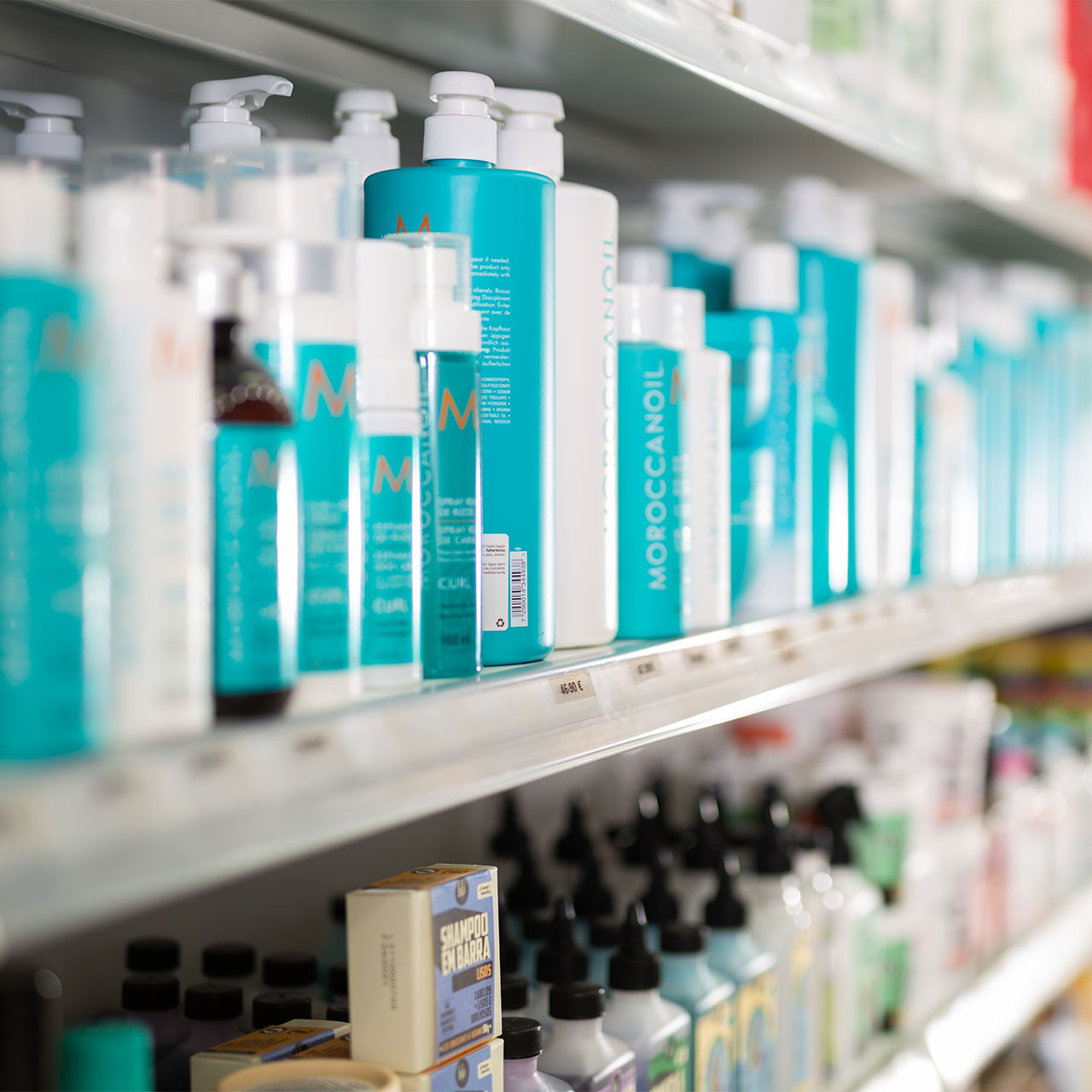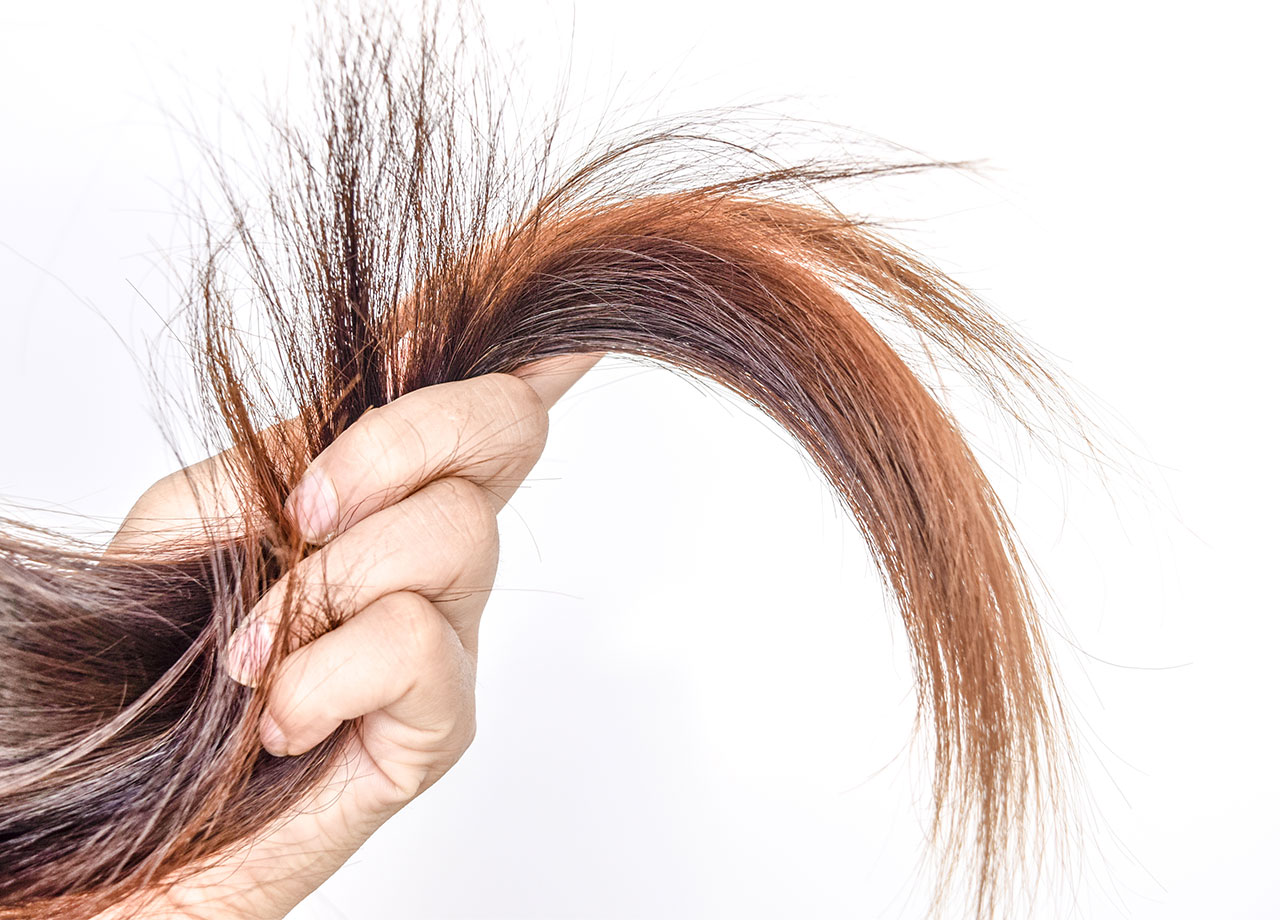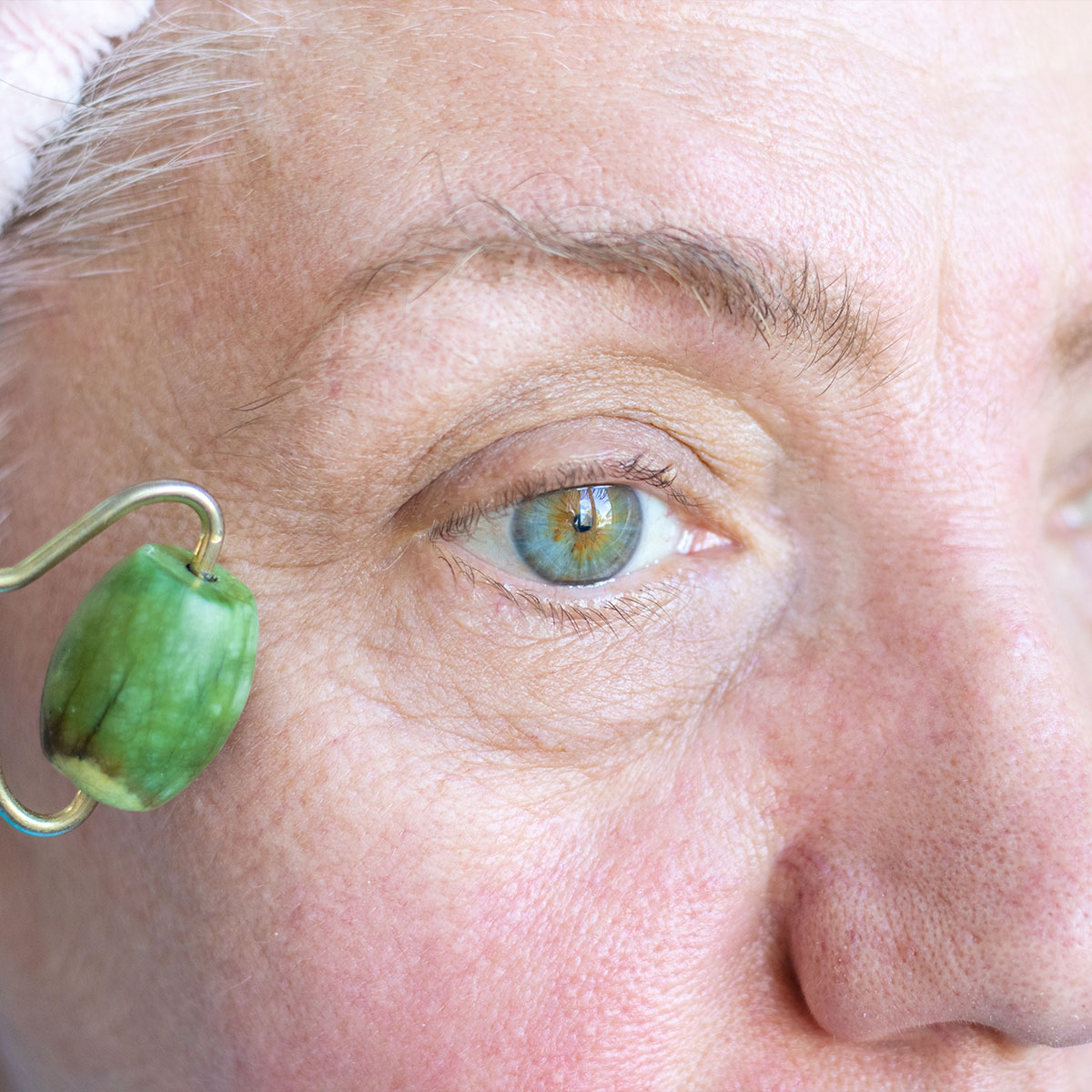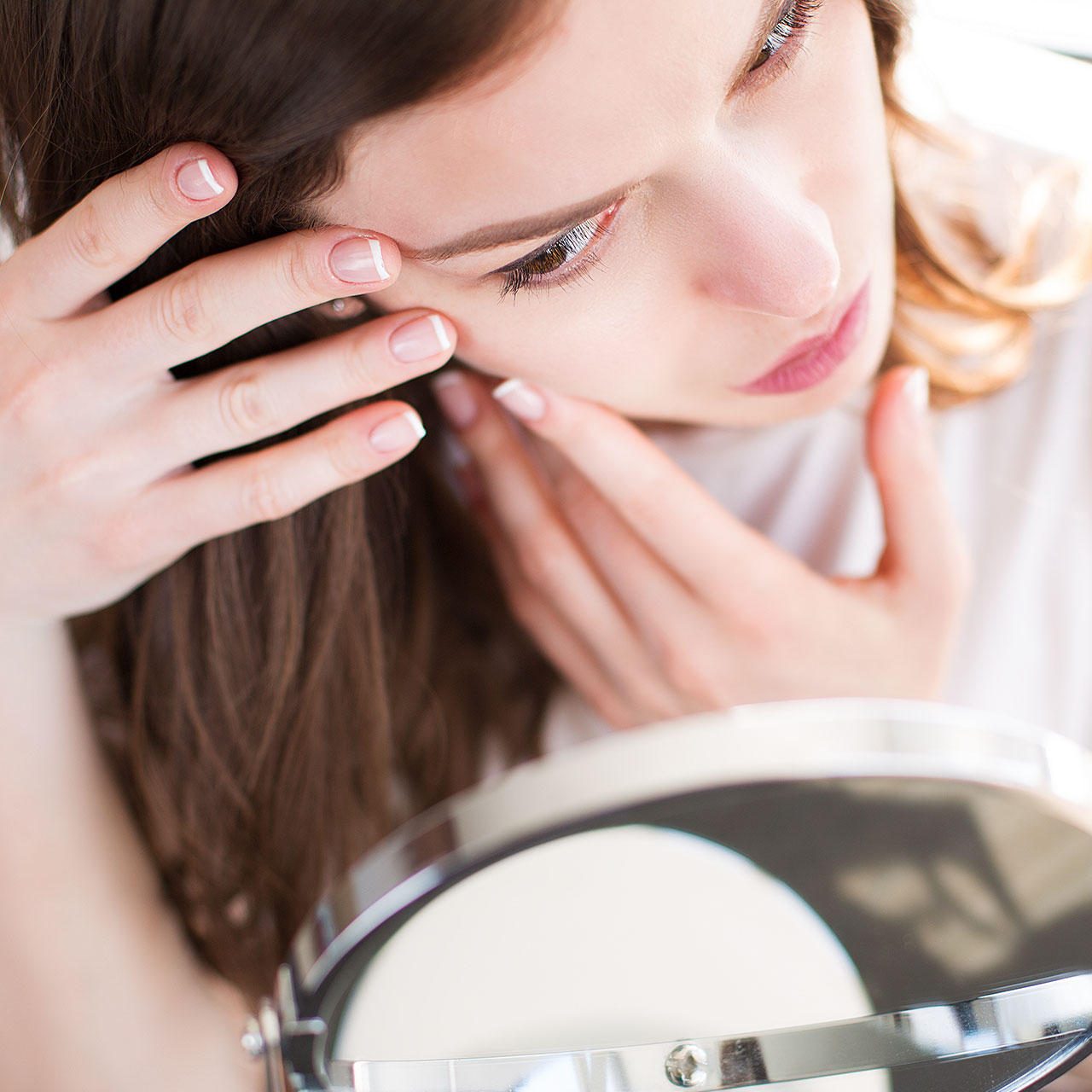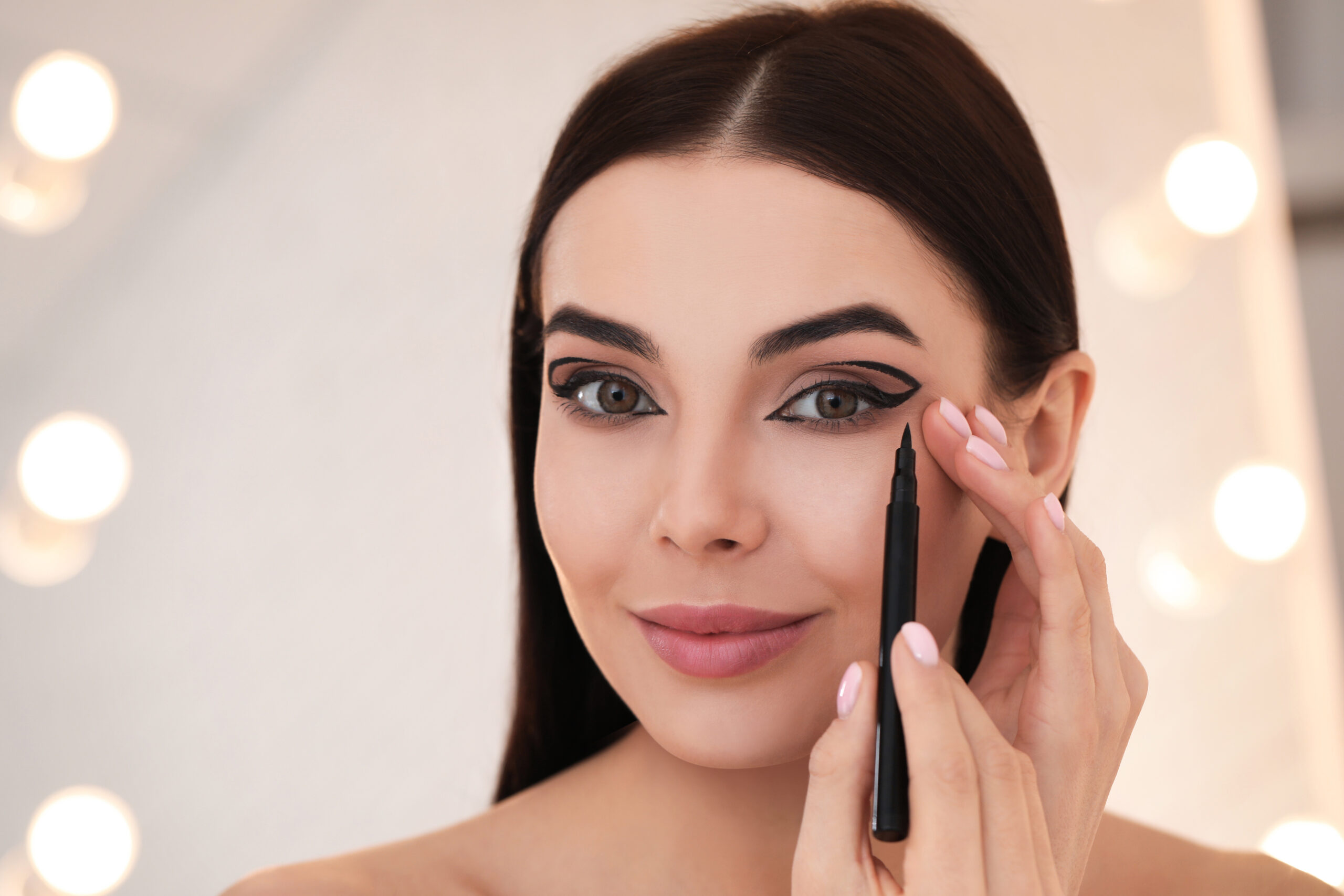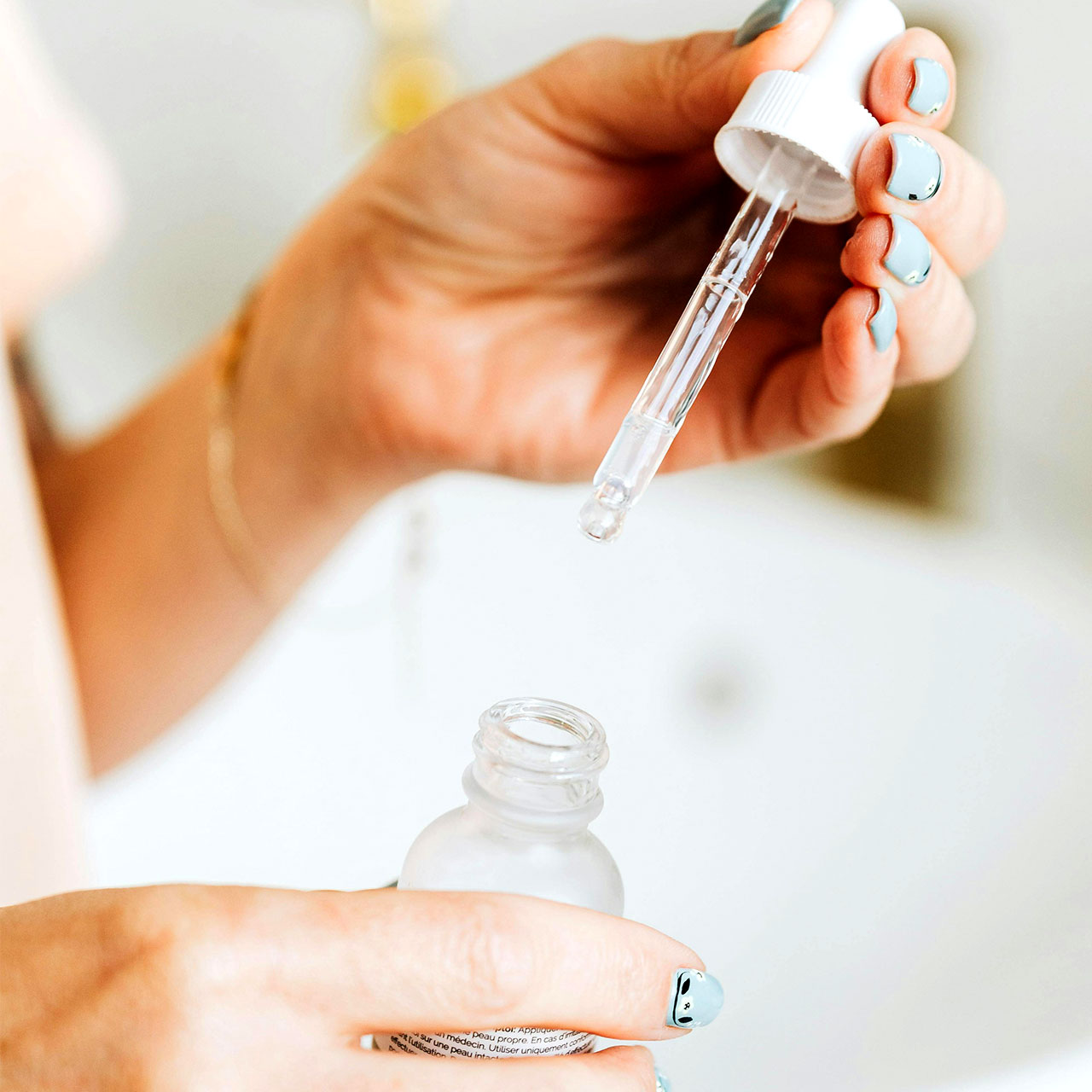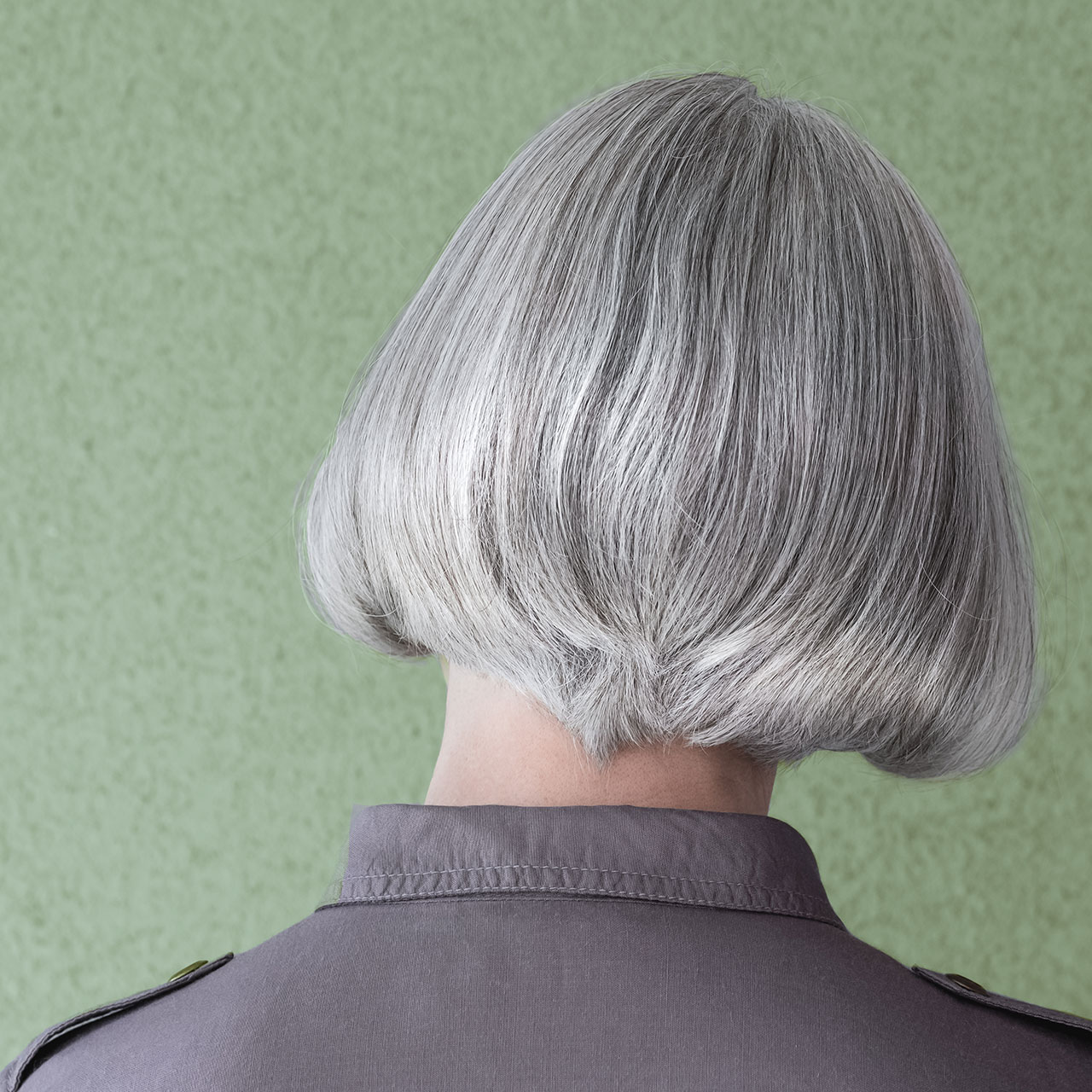This is an archived article and the information in the story may be outdated. Please check the time stamp on the story to see when it was updated last.

Change is good. Especially when that change involves incorporating a hair product into your routine that saves your strands from the disastrously drying effects of blow drying or using a curling wand or straightening iron. Since few of us are about to give up our hair heat addictions, the number one way to protect our locks from damage is by using a heat protectant. But what, exactly, do these products do–and do they actually work or are they just a passing fad?
“Heat protectants are products that, at the very least, contain some type of cyclomethicone and dimethicone,” says Dominik Mager, celebrity stylist and master trainer for Brocato Hair Care. Cyclomethicone is a clear silicone that has a silky-smooth feel when deposited into the hair and evaporates quickly after helping to transfer oils and nutrients (other ingredients in the product) into the hair shaft, Mager says. Dimethicone is the same silicone used in conditioners and detangling products that helps smooth hair and provide easier ‘comb-through,’ Mager says. “Because it coats the strands, it can also make your hair appear shinier after styling,” he says.
There are three major ways that heat protectant products work to preserve the health of your hair, according to Mager:
1. They help reduce the porosity of the hair. “This forced reduction makes the hair less likely to be affected by humidity after heat styling,” Mager says.
2. They help reduce moisture loss from the inside of hair. “There are several things that can cause loss of moisture such as dehydration, use of bleaching agents in color processing or over exposure to harmful elements like sun or chlorine-treated water.
3. They lubricate the surface of the hair. Hello, shinier, smoother, more manageable hair!
If you’re not using a heat protectant, Mager says the signs of damage can be pretty obvious. These signs include breakage, split ends, hair loss, dry hair, and hair snapping off–all pretty good reasons to get your hands on a heat protectant asap.
The best way to use heat protectants is to apply them to wet hair, after deep conditioning, Mager says. “This will allow the product to penetrate the cuticle, absorb into the hair shaft and bond before heat styling,” Mager says. “When preparing your hair with heat protectants for heat styling, make sure you fully read the label and instructions on the products. This seems like it isn’t a big deal, but often times products do not ‘work’ because the directions have not been followed.”
Mager offers two additional tips when using heat to style your hair:
1. Choose your straightening tools wisely. “If you plan to straighten your hair, make sure you are using a tool that has ceramic coating on the plates or barrel,” Mager says. “Also, check the manufacturer’s guide that comes with your tool to see the recommended temperature setting for different hair types.
2. Use silk oils or other straightening/finishing products in very small amounts. “You don’t want to ‘cook’ your hair with oils and overheat your strands,” Mager says. “Even with the use of a heat protectants and ceramic styling tools, heat damage is still possible. Nothing is 100% guaranteed, and you should use your discretion about use of styling products and tools on your hair. If you know you are prone to damage from chemicals, excessive heat or certain types of products, be cautious when you use them. Curly hair is more susceptible to heat damage because at each turn of the curl, your strands are vulnerable to break after being force-flattened by curling iron or flat iron heat.”
For more beauty news and tips, check out the best time to put on dry shampoo and the best conditioner for dry hair.
Follow me at @lisacfogarty on Twitter.
[Photo: Just Add Glam]


